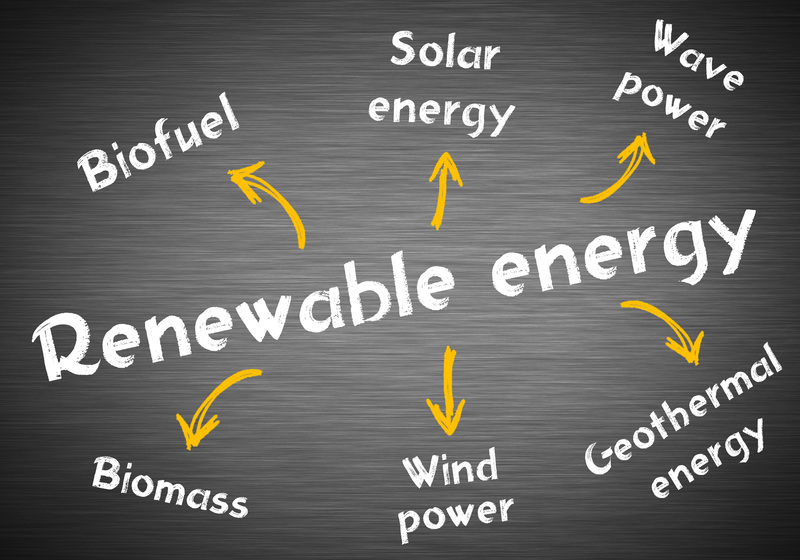A Guide to Properly Disposing of PPE Waste Responsibly
Personal Protective Equipment (PPE) has become essential for safeguarding individuals and communities, especially during health crises like pandemics. However, the increasing use of disposable masks, gloves, gowns, and face shields has led to a significant rise in PPE waste disposal challenges worldwide. Proper management of PPE trash ensures safety, protects the environment, and supports sustainable communities. This comprehensive guide explores best practices for responsibly disposing of PPE waste, the impacts of improper disposal, and practical steps everyone can take.

Understanding PPE Waste and Its Environmental Impact
PPE waste refers to used or discarded protective equipment such as masks, gloves, face shields, goggles, and gowns. The improper disposal of such materials poses severe risks:
- Environmental Pollution: Non-biodegradable PPE items persist in the environment for decades, polluting land and water.
- Wildlife Threats: Animals may mistake PPE for food or become entangled in masks or gloves.
- Human Health Risk: Used PPE may carry pathogens, endangering waste handlers and the public.
Understanding how to dispose of PPE waste properly is crucial for minimizing these risks and supporting global sustainability.
Categories of PPE Waste
Proper PPE waste management begins with recognizing the various types of PPE trash and how they should be handled:
- Medical PPE Waste: Generated in healthcare settings, includes contaminated masks, gloves, aprons, and other single-use items.
- Non-medical PPE Waste: Includes community-generated waste such as face coverings and gloves used by the general public.
- Reusable PPE Waste: Mainly cloth masks or items labeled as reusable, which have reached the end of their lifespan.
Why Responsible PPE Waste Disposal Matters
Proper disposal of PPE waste is critical for several reasons:
- Prevents Contamination: Reduces the risk of spreading infections in both healthcare and community settings.
- Protects Waste Management Workers: Safe disposal minimizes exposure to potentially hazardous materials.
- Supports Environmental Protection: Limits the release of plastics and microplastics into ecosystems.
Best Practices for Responsible PPE Waste Disposal
1. Segregate PPE Waste Properly
The first step in managing PPE trash responsibly is proper segregation:
- Never Mix PPE Waste with Regular Recyclables: Disposable masks, gloves, and gowns cannot be recycled by standard municipal systems.
- Use Designated Bins: Place used PPE in clearly labeled and lined bins to avoid confusion and promote safe handling.
2. Household PPE Waste Disposal Guidelines
Follow these steps for disposing of PPE at home:
- Double bag used PPE: Place used masks and gloves in a plastic bag, tie securely, then place in another bag before putting into the general waste bin.
- Do not flush PPE down the toilet: This causes blockages and contamination of water sources.
- Wash hands thoroughly: Always wash hands with soap and water after handling used PPE.
3. Healthcare and Medical Facilities
Medical and dental practices, hospitals, and other healthcare settings must follow strict protocols for medical PPE waste disposal:
- Color-coded Bags: Use yellow or red bags for hazardous and infectious PPE waste, as per local regulations.
- Sharps Containers: Dispose of any sharp PPE (like needles) in puncture-resistant containers.
- Contract Authorized Carriers: Employ licensed medical waste disposal services for transportation and treatment.
4. Community PPE Waste Collection Initiatives
Several communities and organizations have established PPE drop-off points:
- Look for PPE recycling programs: Some companies offer programs to recycle masks and gloves into functional products.
- Deposit at designated locations: Sterile drop boxes located in supermarkets, pharmacies, or public spaces keep PPE waste out of landfills.
5. Tips for Disposing of Reusable PPE
- Cloth Masks: Wash reusable masks according to manufacturer instructions. When no longer usable, dispose of them with general waste, unless textile recycling is available.
- Face Shields and Goggles: Sanitize and store as per guidelines; if broken, check if parts are recyclable.
Innovative Solutions for PPE Waste Reduction
Beyond responsible disposal, consider strategies to reduce PPE waste generation:
- Choose Reusable Options: Where possible, opt for cloth masks or washable gowns instead of single-use items.
- Support PPE Recycling: Participate in take-back or mail-in recycling programs for masks and gloves.
- Educate and Advocate: Spread awareness in your community about proper PPE disposal and alternatives available.
PPE Recycling: Is It Possible?
Traditional recycling systems are unable to process most PPE waste due to contamination and material complexity. However, several initiatives are pioneering specialized recycling processes:
- Specialized PPE Recycling Facilities: Some companies collect PPE waste, sterilize it, and transform it into pellets for use in construction or manufacturing.
- Innovative Materials: Research is ongoing into biodegradable and compostable PPE items to address environmental concerns.
Legislation and Local PPE Waste Guidelines
Regulations governing PPE waste management vary by region. Familiarize yourself with local requirements for:
- General Waste vs. Infectious Waste: Understand when to dispose of PPE in household trash versus special medical waste streams.
- Prohibited Disposal Methods: Burning or dumping PPE in open land or water bodies is illegal in many areas.
- Fines and Penalties: Some municipalities impose fines for improper disposal of PPE waste.
Step-by-Step Summary: How to Dispose of PPE Waste Safely
- Remove PPE carefully, avoiding contact with your face.
- Double bag used items to contain potential contaminants.
- Seal bags securely with knots or ties.
- Deposit PPE waste in designated bins (household waste or specific bins, not recycling).
- Sanitize hands immediately after disposal to minimize the risk of infection.
Common Mistakes in PPE Trash Management
- Placing PPE in recycling bins: Most masks and gloves are not recyclable by curbside programs and can contaminate recyclables.
- Discarding PPE in public spaces: Littering is not only unsightly but also hazardous to health and the environment.
- Burning PPE: Without proper incineration equipment, open burning releases toxic fumes and pollutants.
- Neglecting to sanitize hands: Always wash hands after handling used PPE, even if no visible contamination is present.
How Businesses and Schools Can Manage PPE Waste
Organizations play a vital role in responsible PPE disposal:
- Install clearly marked PPE disposal bins at key locations such as entrances, exits, and high-traffic areas.
- Provide regular staff training on PPE handling and disposal procedures.
- Collaborate with certified waste management companies for secure collection, transport, and treatment.
PPE Waste Disposal During Outbreaks and Pandemics
Periods of increased PPE demand, such as during COVID-19 or influenza outbreaks, require stricter measures:
- Increase collection frequency to prevent bins from overflowing.
- Distribute educational materials on proper PPE handling to staff, patients, and the public.
- Monitor waste streams for compliance and safety improvements.
Frequently Asked Questions (FAQs) on PPE Waste Disposal
1. Can I recycle used face masks and gloves?
Most municipal recycling facilities cannot process used masks and gloves due to contamination. Specialized recycling programs may accept them--check local resources.
2. What should I do if I see PPE litter in public?
Use gloves or a litter picker to collect the item(s), place them in a sealed bag, and deposit in the general waste bin. Wash hands thoroughly afterward.
3. Are biodegradable PPE options available?
Some companies now produce masks and gloves from biodegradable materials. Look for certified compostable or eco-friendly PPE where possible.

Key Takeaways for Proper PPE Waste Disposal
- Always treat used PPE as potentially contaminated waste and handle it with care.
- Do not toss PPE into recycling bins unless you are certain the program accepts such items.
- Use double-bagging and clearly labeled bins to contain PPE waste securely.
- Consult your local waste authority for specific guidance and resources.
Conclusion: Our Shared Responsibility in PPE Waste Management
Proper PPE waste disposal is a vital element of public health and environmental stewardship. As individuals, businesses, and communities, we all have a vital role in ensuring that PPE trash is managed safely and responsibly. By following best practices, supporting sustainable initiatives, and staying informed about local disposal rules, we can reduce risks to people and the planet.
The next time you remove your mask or gloves, remember--responsible disposal protects not just you, but your entire community, now and for the future.
